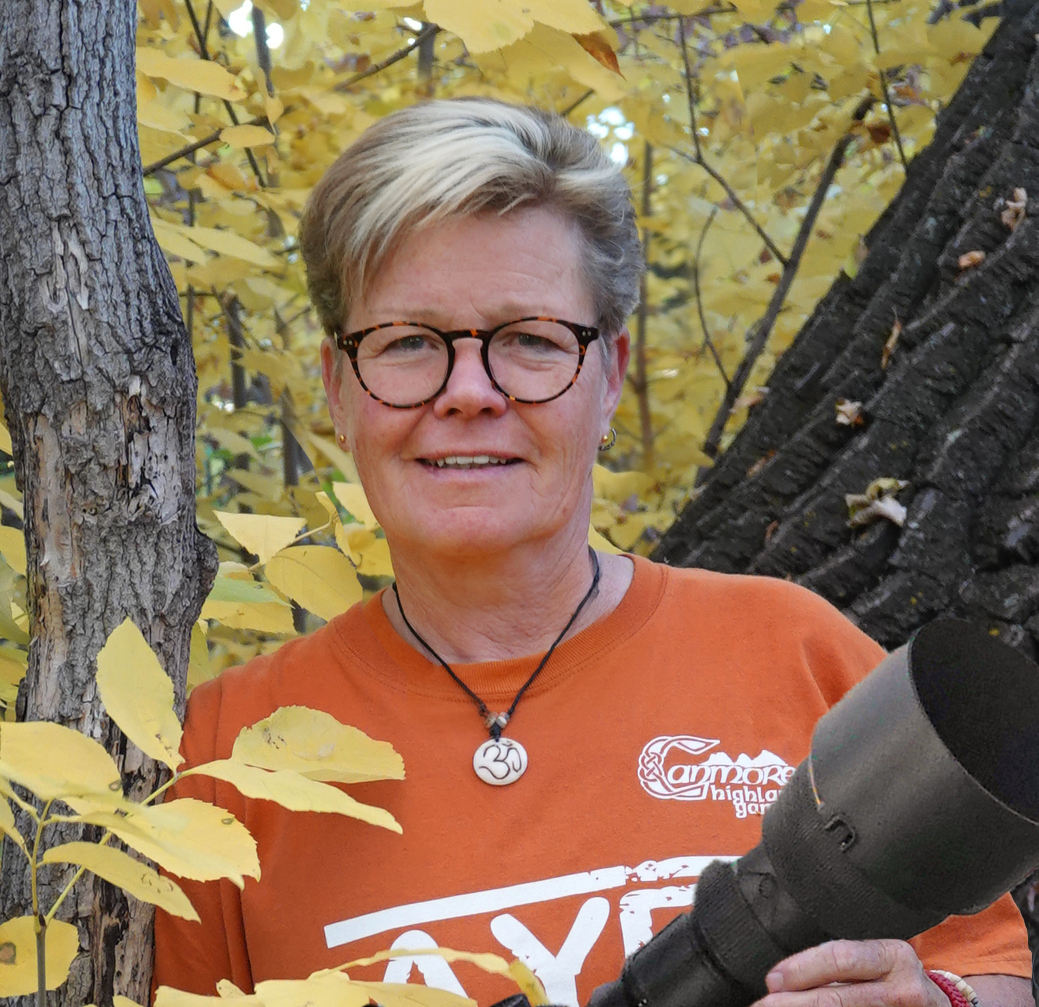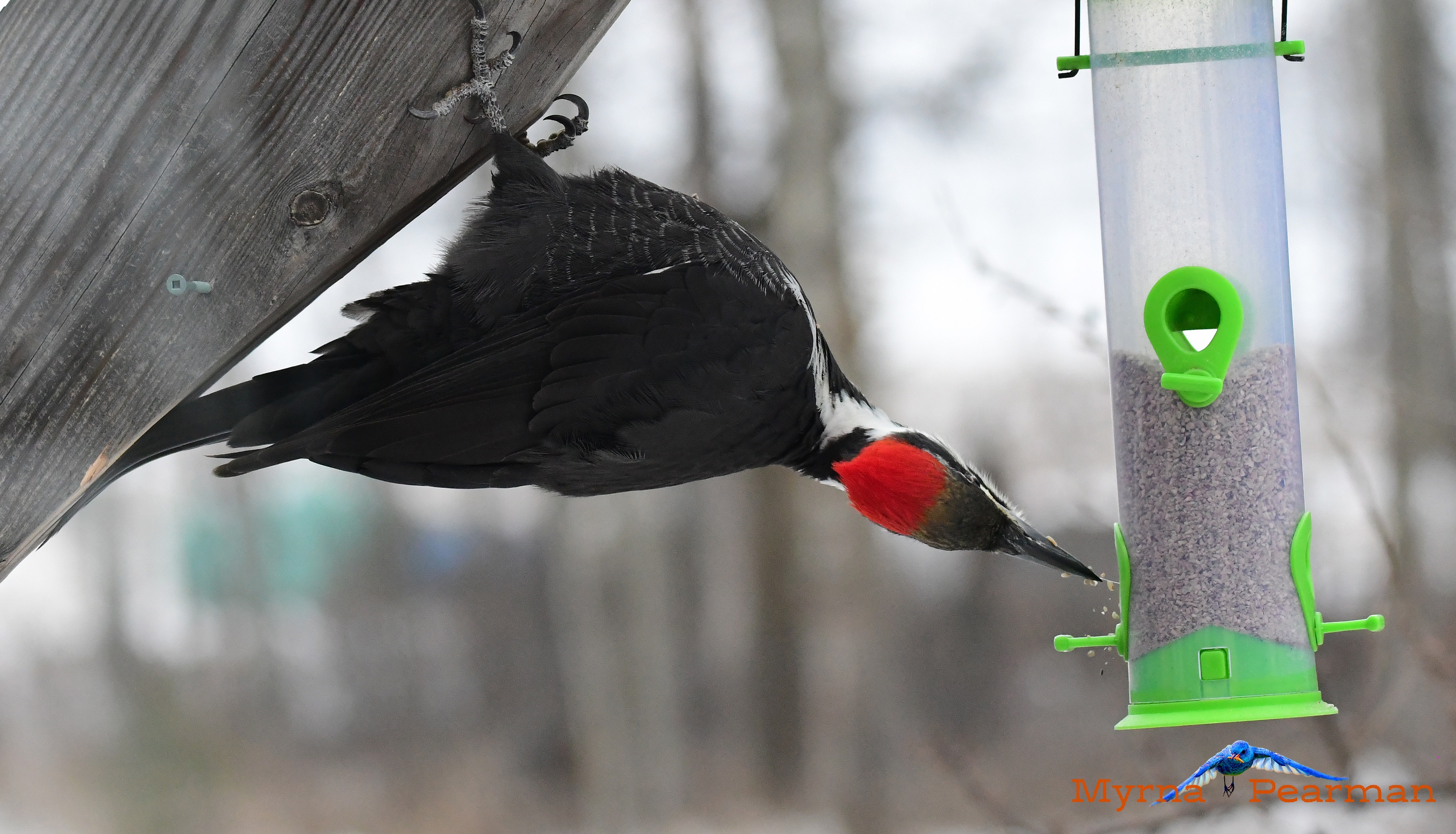(800) 563-7333
December 01, 2023 | Myrna Pearman, Chin Ridge Seeds (en-CA)

Bird migration is a topic that has entranced and mystified humans for centuries. While new technologies are shedding light on the details of bird migration journeys between the north and the south (i.e., departure and arrival dates, distances traveled, stop-over locations, and overwintering areas), the full understanding of how the birds “know” when, how and where to migrate to/from still eludes human understanding. How possibly can these tiny creatures find their way—much less survive—flying, non-stop, over vast distances? How can they possibly know the exact spot to return to each spring?
It is fairly obvious that birds migrate north in the spring to take advantage of long hours of daylight and an abundance of food to raise their young, then retreat back south to warmer climes to escape harsh northern winters. They need to time their return to northern nesting grounds in order to take maximum advantage of the amenable weather and insect abundance. Likewise in the fall, they have to gain the necessary energy surplus requirements and then depart well before the weather becomes too harsh. But how can they “know” this?
It is surmised that birds, following the end of each Ice Age, would fly further and further north each summer as more and more land appeared from the retreating glaciers. Birds that took advantage of these new areas would have found food, enjoyed longer hours to feed, and would have found plenty of prime breeding territory. Come winter, they would retreat south. Eventually, over millennia, migratory patterns would have evolved into the current well-established north-south routes. The need to migrate for those birds not able to access food during the harsh northern winters is now “instinctive.”
After decades of intensive scientific study, it is thought that birds can calculate the sun’s arc relative to the horizon, using its height and direction to obtain a north-south axis. Nocturnal migrants may use the stars to navigate. A known sensitivity to changes in barometric pressure enables them to avoid bad weather and exploit tailwinds. The ability to detect low-frequency sound waves may help them hear things like breaking waves, while their own calls may be picked up as echoes off mountains. Other factors such as the magnetic field of the earth, or the moon, may also be used. But the exact mechanisms by which they are able to accomplish these feats is still a mystery.
Thank goodness, a hardy few bird species are able to remain behind and survive our harsh Canadian winters! These species must not only endure the cold temperatures, but more importantly, they need to be able to find sufficient food. In fact, it is the supply of food that ultimately determines who migrates and who remains. Species that rely on nectar, live insects, or food in or under water must depart. Those that can survive on a meager menu of live prey, carrion, seeds, berries, grains, fruits, and frozen insects can remain.
Offering supplemental food to over-wintering backyard birds will not only enhance their ability to survive our long cold winters, but it also enables their human admirers to enjoy watching them. Having the beauty and activity of winter birds flitting about feeding stations during the winter months brings both joy and a sense of connection to the natural world.
Mother Nature’s has a wide selection of excellent wild bird seed, from sunflower seeds and peanuts to a variety of high-quality mixes that have been blended to appeal to our winter birds.
